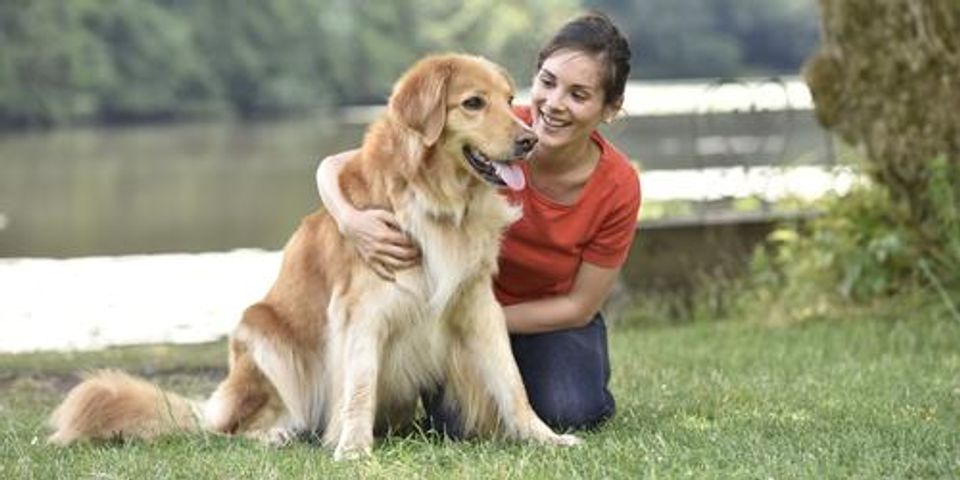Trusted Veterinarian Shares How to Perform Pet CPR

As a pet owner, few situations are scarier than when your dog is in danger, particularly when you can’t detect their heartbeat and you’re not near your veterinarian. When this happens, CPR may need to be administered. Although this is a nerve-wracking event, don’t panic; instead, focus on a few important steps. To help you calmly and successfully perform pet CPR, Rolling Hills Veterinary Hospital shares a helpful step-by-step guide to the process.
Guide to Performing Pet CPR
1. Assess Your Dog
 Before administering CPR, assess your dog. First, determine if they are breathing by watching for a rise and fall of the chest about every two to three seconds. Next, check for a heartbeat by laying your dog on their side. If you don’t see visible movement, place your fingers on their chest, apply gentle pressure, and feel for a beat. If you don’t feel one, rub your fingertip along the toe pad on the back of the front foot and feel for a pulse. Finally, check the throat to ensure the airway is clear and there are no blockages. If there are, remove them before administering CPR.
Before administering CPR, assess your dog. First, determine if they are breathing by watching for a rise and fall of the chest about every two to three seconds. Next, check for a heartbeat by laying your dog on their side. If you don’t see visible movement, place your fingers on their chest, apply gentle pressure, and feel for a beat. If you don’t feel one, rub your fingertip along the toe pad on the back of the front foot and feel for a pulse. Finally, check the throat to ensure the airway is clear and there are no blockages. If there are, remove them before administering CPR.
2. Get in the Right Position
Before CPR, make sure you and your dog are in the proper position. Start by pulling your dog’s tongue forward and tilting their head back to open up the airway. Once here, position your mouth over theirs. If you have a small dog, place your mouth over both the nose and mouth. For a larger breed, place your mouth only over the nostrils. Next, close their lower jaw and place the thumb of your hand on top of their nose to hold the mouth shut. The key is to prevent air from escaping through the mouth.
3. Administer Artificial Respiration & Chest Compressions
Once you’re in the proper position, blow firmly enough into your dog’s mouth to raise his chest and then release your lips and allow air to escape. Next, focus on giving chest compressions by laying your palm over the dog’s heart and pressing down. Be gentle, yet firm, and compress the chest to one-third or one-half of its depth. Repeat this about 10 to 12 times every five seconds. Continue breathing into the dog’s nose after every five compressions. Larger breeds may also benefit from abdominal compressions to return blood to the heart.
If your dog stops breathing, bring them to Rolling Hills Veterinary Hospital in Columbia, MO, as soon as possible. With two state-of-the-art facilities, these trusted emergency veterinarians provide the best care to pets throughout Boone County. To get in touch today, give them a call at (573) 449-3791 for the Keene St. location or (573) 449-7387 for the Buttonwood Dr. office. Visit their website for more information about the veterinarians.
About the Business
Have a question? Ask the experts!
Send your question

